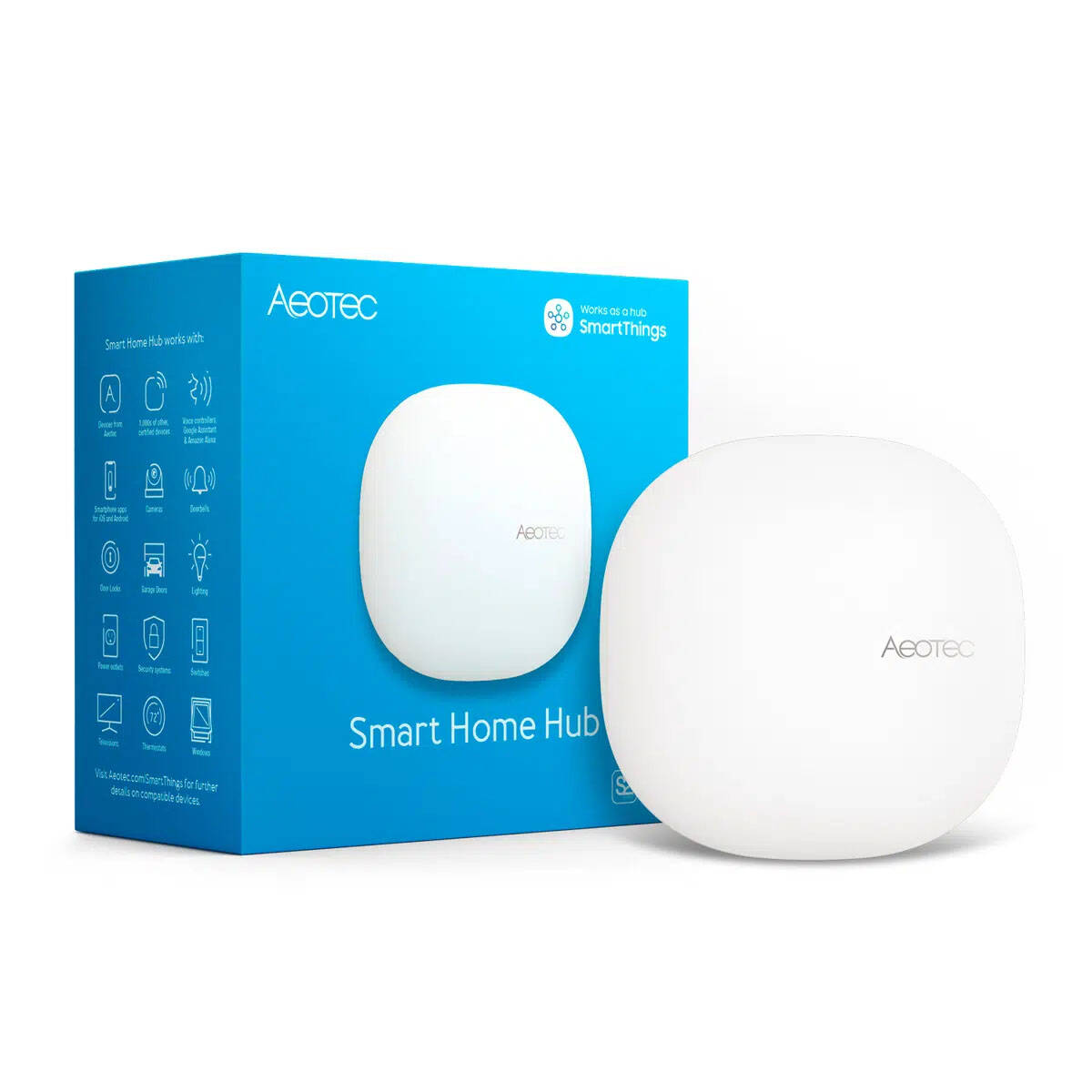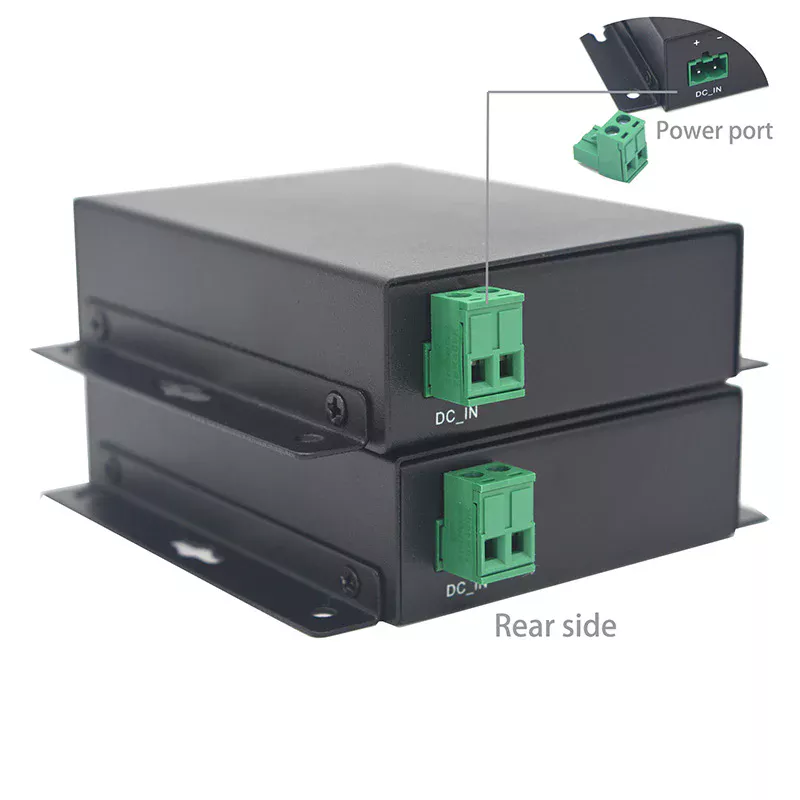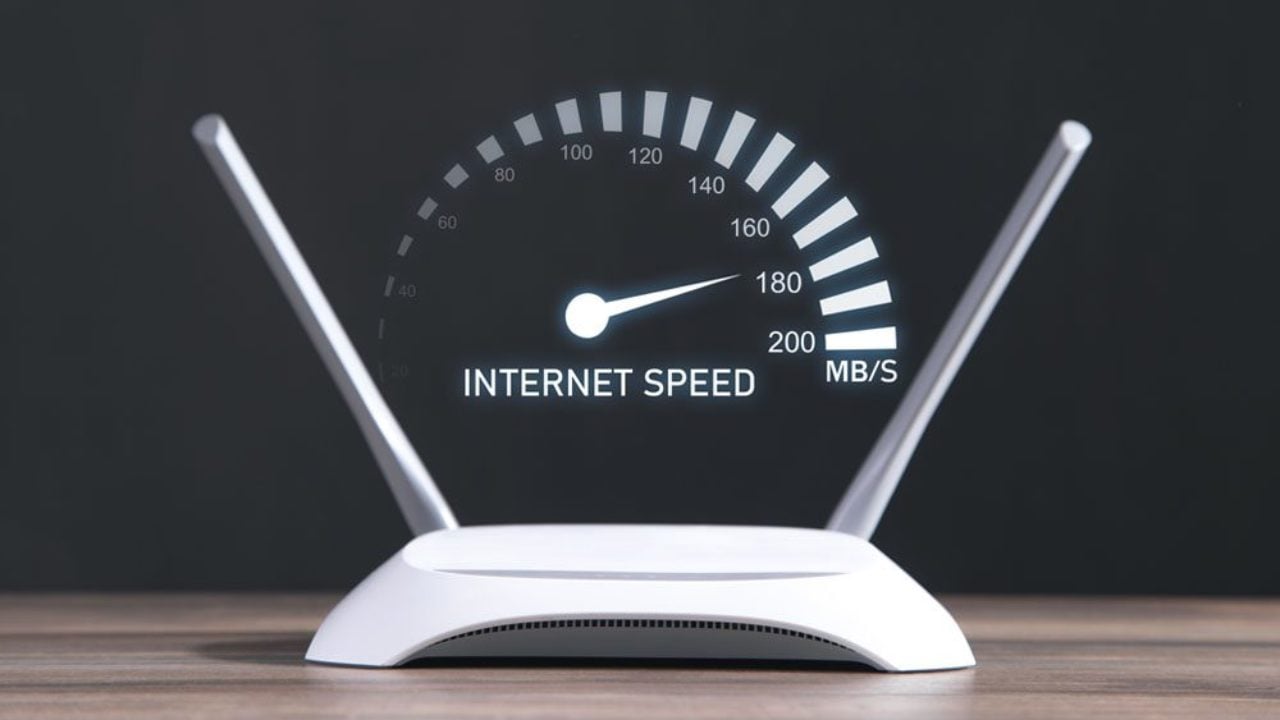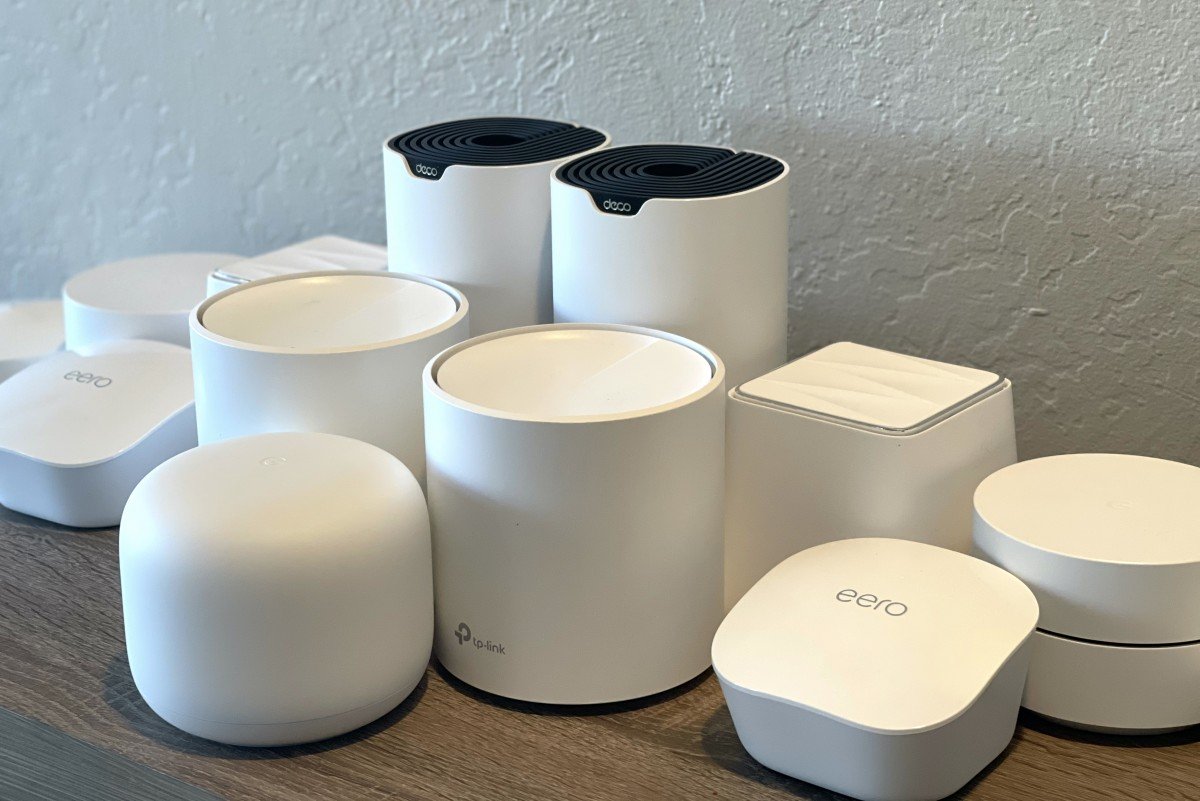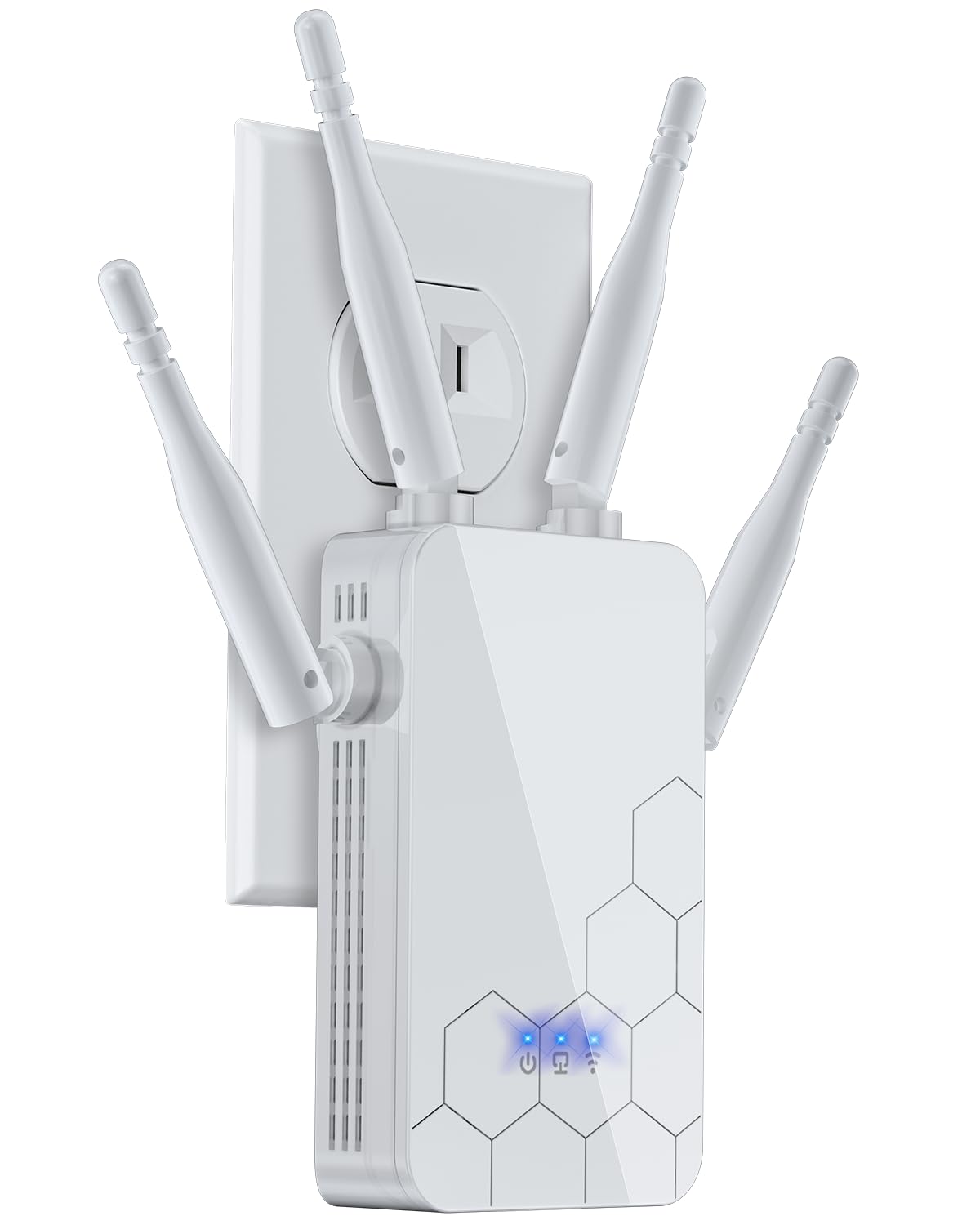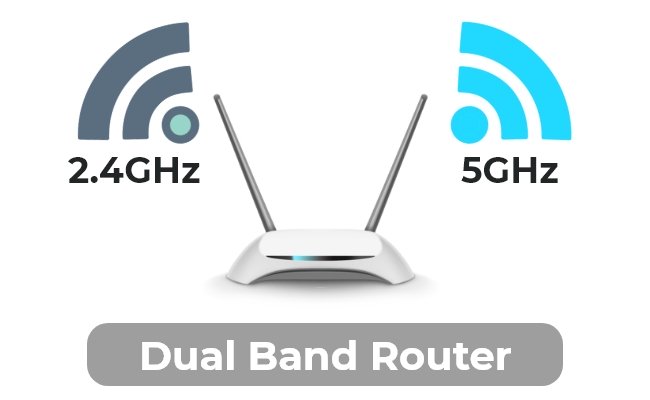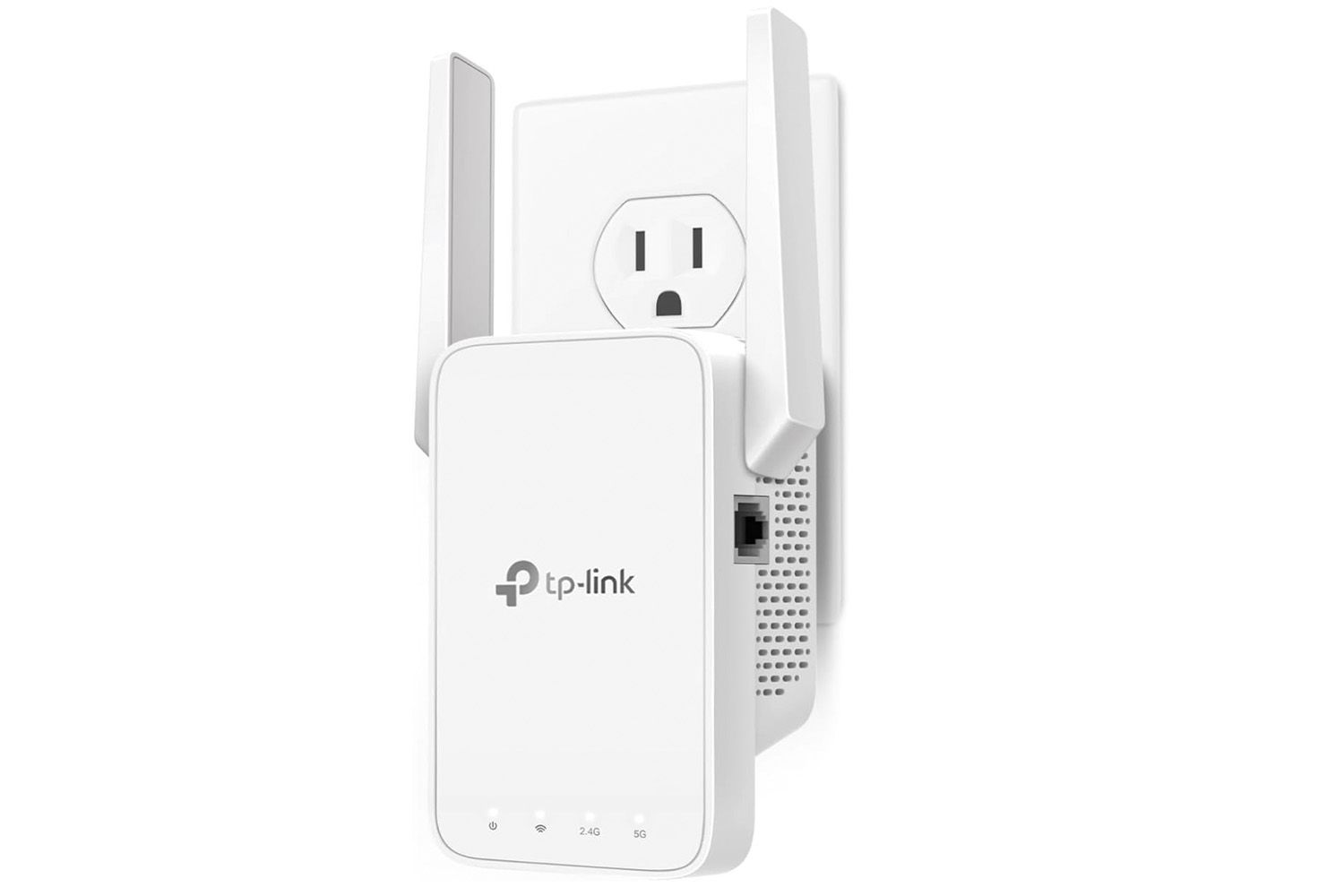Imagine controlling your lights, thermostat, security cameras, and even your favorite music—all from one simple device. A smart home hub makes this possible, turning your house into a connected, easy-to-manage space.
But what exactly is a smart home hub, and how can it make your daily life smoother and more secure? Keep reading to discover how this little gadget can become the brain of your smart home and why you’ll wonder how you ever lived without it.

Credit: eu.aqara.com
Smart Home Hub Basics
A smart home hub connects and controls devices in your home. It helps different gadgets work together smoothly.
With a smart hub, you can manage lights, locks, cameras, and more from one place.
Core Functions
A smart home hub links various smart devices and lets them communicate. It creates a central control point for your home.
It can automate tasks, like turning off lights when you leave or adjusting the thermostat at night.
- Device connection and control
- Automation and scheduling
- Remote access through apps
- Voice command integration
Types Of Hubs
Smart home hubs come in different forms. Some are dedicated devices, while others are apps or smart speakers.
Each type supports various devices and communication methods like Wi-Fi, Zigbee, or Z-Wave.
- Standalone hubs: Physical devices that connect many gadgets
- Smart speakers: Voice assistants with hub functions
- App-based hubs: Use a phone or tablet as a control center
- Router-integrated hubs: Combine internet and smart control
Key Features
Smart home hubs have features that make managing your home easier and safer.
Look for compatibility, ease of use, and security to get the best experience.
- Supports multiple device brands and protocols
- User-friendly apps and interfaces
- Voice control compatibility
- Strong security and privacy controls
- Customizable automation options
Choosing The Right Hub
A smart home hub controls many devices in your house. It connects lights, locks, cameras, and more.
Picking the right hub helps your smart home work well and stay easy to use.
Compatibility With Devices
Make sure the hub works with your smart devices. Some hubs support many brands and types.
Check if your lights, cameras, and sensors can connect to the hub before buying.
- Look for hubs that support popular device brands
- Check if the hub works with your existing smart devices
- Consider future devices you may want to add
Connectivity Options
Smart hubs connect to devices using Wi-Fi, Bluetooth, Zigbee, or Z-Wave. Each has benefits.
Choose a hub with the right connections for your smart home setup.
- Wi-Fi works well with many devices and internet access
- Zigbee and Z-Wave use less power and cover longer range
- Bluetooth is good for short-range device control
User Interface And Control
The hub’s interface lets you control your devices easily. It can be an app, voice, or touch screen.
Choose a hub with controls that fit your style and comfort level.
- Mobile apps offer remote control and settings
- Voice assistants allow hands-free commands
- Touch screens give direct control at the hub
Popular Smart Home Hubs
A smart home hub connects and controls many smart devices in one place. It helps you manage lights, locks, and more.
Many brands offer smart home hubs with different features and voice assistants. Here are some popular options.
Amazon Echo
The Amazon Echo uses Alexa to control smart devices with voice commands. It can play music, answer questions, and set reminders.
This hub works with many smart home products like lights, cameras, and thermostats. It also supports routines for automation.
- Voice control with Alexa
- Compatible with many devices
- Supports smart home routines
- Available in different sizes
Google Nest Hub
Google Nest Hub shows helpful information on its screen. It uses Google Assistant to control smart devices and answer questions.
This hub can control lights, cameras, and more. It also displays photos, weather, and calendar events.
- Voice control with Google Assistant
- Touchscreen display for visuals
- Works with many smart devices
- Shows useful info like weather
Apple Homepod
Apple HomePod uses Siri to control smart home devices and play music. It integrates well with Apple products.
This hub supports HomeKit devices. It offers high-quality sound and works with iPhones and iPads.
- Voice control with Siri
- Works with Apple HomeKit devices
- High-quality sound for music
- Integrates with Apple ecosystem
Setting Up Your Hub
A smart home hub connects all your devices in one place. It lets you control lights, locks, and more easily.
Setting up the hub is simple. Follow clear steps to make sure everything works well together.
Initial Configuration
Start by plugging in your smart home hub and turning it on. Use the app or web interface to begin setup.
Create an account if needed. Connect the hub to your home Wi-Fi network for internet access.
- Plug in the hub and power it on
- Download the companion app
- Create or log into your account
- Connect to your Wi-Fi network
- Follow on-screen setup instructions
Integrating Devices
Link your smart devices to the hub for centralized control. Use the app to add new devices easily.
Most hubs support lights, cameras, thermostats, and locks. Check that your devices are compatible before adding.
- Open the hub app and select “Add Device”
- Put the device in pairing mode
- Follow prompts to connect the device
- Name and organize devices in the app
- Test each device to confirm connection
Security Measures
Protect your smart home by securing the hub and devices. Use strong passwords and update software regularly.
Enable two-factor authentication if available. Keep your Wi-Fi network safe to prevent unauthorized access.
- Set a strong, unique password for your hub
- Update hub and device firmware regularly
- Enable two-factor authentication
- Use a secure Wi-Fi network with WPA3 or WPA2
- Monitor connected devices for unusual activity
Benefits Of Smart Home Hubs
A smart home hub connects all your smart devices in one place. It lets you control lights, locks, and appliances easily.
Using a smart home hub can improve your daily life by making tasks simpler and faster.
Convenience And Automation
Smart home hubs allow you to control many devices from a single app. You can use voice commands or schedules to manage your home.
Automation helps by doing tasks automatically, like turning off lights when you leave or adjusting the thermostat at night.
- Control devices remotely
- Set schedules for routines
- Use voice commands for hands-free control
- Combine devices for smart actions
Energy Efficiency
Smart home hubs help save energy by managing devices carefully. They can turn off unused lights and reduce heating when no one is home.
Using less energy lowers your bills and helps the environment.
- Automatically switch off devices not in use
- Adjust heating and cooling based on presence
- Monitor energy use through apps
Enhanced Security
Smart home hubs connect security cameras, alarms, and locks. You get alerts if something unusual happens at home.
You can check your home anytime from your phone. This helps keep your home safe even when you are away.
- Receive instant security alerts
- Control locks remotely
- Monitor cameras from anywhere

Credit: www.engadget.com
Common Challenges
Smart home hubs help control many devices in one place. They make homes easier to manage.
There are some common challenges users face with smart home hubs. These can affect daily use.
Connectivity Issues
Smart home hubs need a steady internet connection to work well. Poor connections cause delays.
Devices may lose connection or respond slowly if the hub is far from the router.
- Wi-Fi signal strength affects device control
- Interference from walls and other electronics
- Network outages stop hub functions
Privacy Concerns
Smart home hubs collect data to operate devices. This data can include personal details.
Users worry about who can access this information and how it is stored or shared.
- Risk of unauthorized access to personal data
- Data may be shared with third parties
- Need for strong passwords and security updates
Compatibility Limitations
Not all smart devices work with every smart home hub. This can limit device choices.
Some hubs support only certain brands or technologies, causing setup issues.
- Different communication protocols like Zigbee or Z-Wave
- Brand-specific restrictions on device use
- Need to check device and hub compatibility before buying
Future Of Smart Home Hubs
Smart home hubs connect devices in your home to work together. They make life easier by controlling lights, locks, and more. The future will bring new features to make hubs smarter and more helpful.
Technology is changing fast. Smart home hubs will use new tools to support more devices and understand users better.
Ai And Machine Learning
Smart home hubs will use AI to learn your habits. They can predict what you want and act before you ask.
Machine learning helps hubs improve over time. They get better at managing your home with less input.
- Adjusting temperature based on your schedule
- Turning off lights when rooms are empty
- Suggesting energy-saving settings
Expanded Device Support
Future hubs will connect with more devices, even from different brands. This means more control in one place.
They will support new kinds of smart devices like sensors, cameras, and appliances. This helps create a complete smart home system.
- Support for smart kitchen appliances
- Integration with home security systems
- Compatibility with health monitoring devices
Voice Control Advancements
Voice control will become more natural and accurate. Hubs will better understand different voices and accents.
They will follow complex commands and manage multiple tasks at once. This makes hands-free control easier and faster.
- Recognizing individual family members’ voices
- Handling several commands in one request
- Responding quickly with natural speech
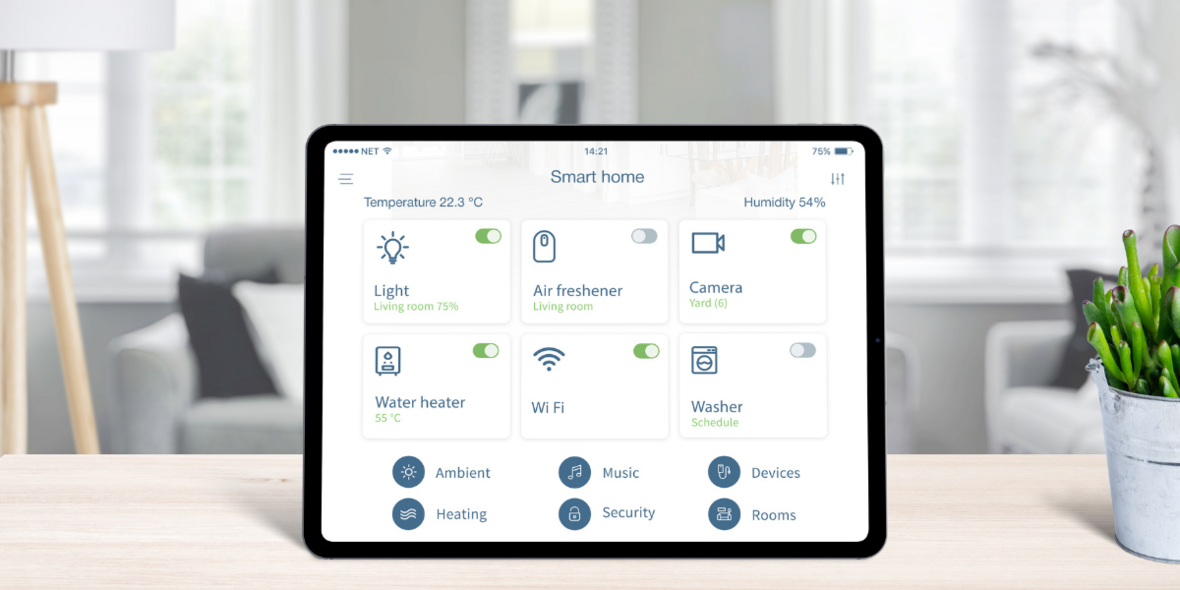
Credit: www.knx.org
Frequently Asked Questions
What Is The Purpose Of A Smart Home Hub?
A smart home hub acts as a central device connecting all smart gadgets in your home. It allows seamless communication between different smart devices, regardless of their brand or protocol. This integration enables you to control various gadgets from a single interface, enhancing convenience and efficiency in managing your smart home.
How Does A Smart Home Hub Work?
A smart home hub works by using wireless protocols like Zigbee, Z-Wave, or Wi-Fi to communicate with devices. It translates different protocols, allowing gadgets from various brands to interact. The hub collects data from devices, processes it, and sends instructions, enabling automated tasks and centralized control through apps or voice assistants.
Can I Use A Smart Home Hub Without The Internet?
Yes, many smart home hubs can function without the internet, but with limited features. Local control is possible for devices connected directly to the hub. However, for remote access, updates, and cloud-dependent features, an internet connection is essential. Always check the hub’s specifications for offline capabilities before purchasing.
Are Smart Home Hubs Secure?
Smart home hubs prioritize security with encryption and regular updates to protect user data. However, vulnerabilities can still exist. Ensuring security involves regularly updating firmware, using strong passwords, and configuring secure network settings. Selecting reputable brands and following best practices significantly enhances the security of your smart home setup.
Conclusion
A smart home hub connects all your devices in one place. It makes managing your home easier and faster. You can control lights, locks, and more with a single app. This helps save time and adds comfort to daily life.
Choosing the right hub depends on your needs and devices. Start simple, then grow your smart home step by step. A smart home hub brings convenience and peace of mind to any household.
19 min read

